1. Tourism Takes Over in Summer

When the snow melts, tourists flood Montana’s parks and attractions. Locals often find themselves stuck in traffic jams around Glacier National Park or Yellowstone, and the influx of visitors can make quiet areas feel crowded. Summer might be gorgeous, but you’ll share it with thousands of out-of-towners.
2. Shopping Requires a Game Plan
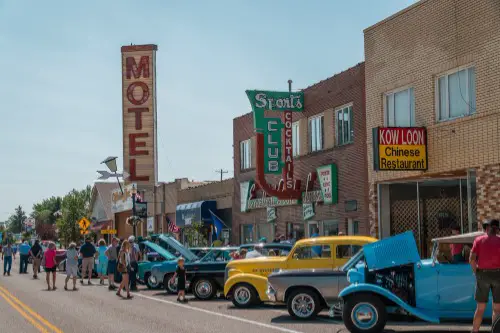
Don’t expect to find a Target or Whole Foods on every corner. Montana’s small towns have basic stores, but anything beyond the essentials often means a long drive to the nearest city. Stocking up on groceries and supplies becomes a biweekly event rather than a casual errand.
3. Wildfires Are a Constant Worry
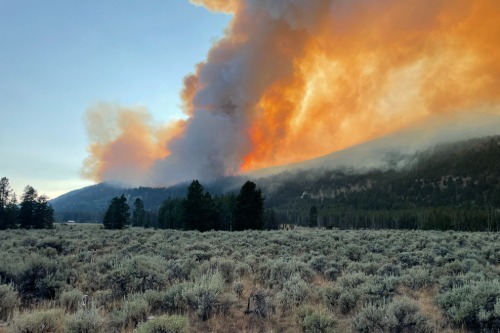
Montana’s dry summers often mean wildfire season is right around the corner. Fires can destroy homes, cover the state in smoke, and force evacuations. Even if you’re not directly in the path of a fire, the smoky air can make spending time outdoors nearly impossible.
4. Wildlife Is a Real Threat
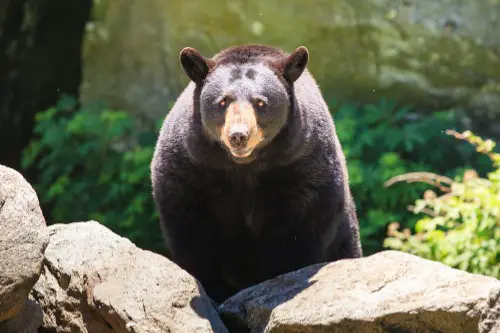
Bears, mountain lions, and moose—oh my! Montana is home to plenty of majestic wildlife, but these animals can become a problem when you’re out for a hike or even just walking your dog. Bear spray isn’t just a gimmick; it’s practically a necessity.
5. Housing Can Be a Challenge
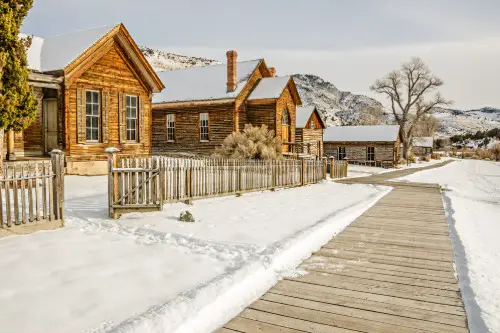
Despite the low population, housing isn’t always affordable in Montana. In recent years, many out-of-state buyers have driven up prices, making it harder for locals to find reasonably priced homes. Combine that with a limited rental market, and you’ve got a housing crunch in paradise.
6. Healthcare Access Is Limited
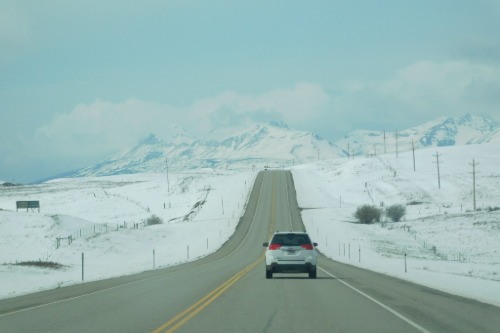
Montana’s sprawling geography makes getting to a hospital or clinic a real journey for many residents. Specialized care is even harder to find, and medical emergencies can mean long drives or flights. For those with ongoing health issues, this can be a serious drawback.
7. The Wind Never Seems to Stop

If you’ve ever been to eastern Montana, you know the wind can be relentless. It doesn’t just gently blow; it howls, tears at your house, and makes outdoor activities miserable. Forget about a casual picnic—it’ll all blow away.
8. Internet and Cell Service Are Spotty

Life in Montana often means embracing a slower pace, and that includes your internet connection. While cities like Billings and Bozeman have decent service, many rural areas still rely on outdated technology. Streaming your favorite shows or taking video calls isn’t always a given.
9. It’s Incredibly Remote
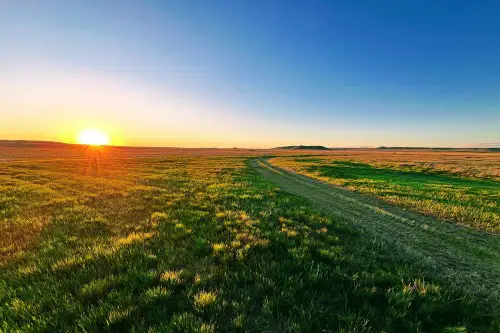
Montana is nicknamed “Big Sky Country,” but that big sky comes with miles and miles of open land—and not much else. The state’s population density is among the lowest in the U.S., which means fewer neighbors, fewer restaurants, and fewer services. If you like quick access to city conveniences, living in Montana could feel isolating.
10. The Cost of Living Isn’t as Low as You’d Think
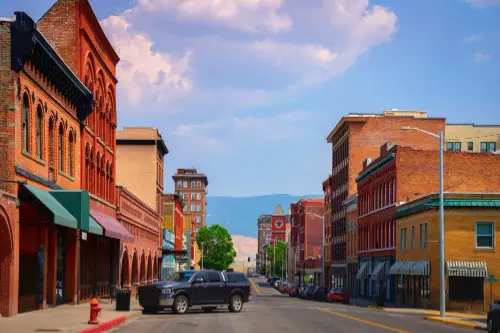
Although Montana’s population is small, prices for goods and services are surprisingly high in some areas. Gas, groceries, and utilities can all add up, especially in remote locations where transport costs drive up the price of just about everything.
11. The Winters Are Brutal
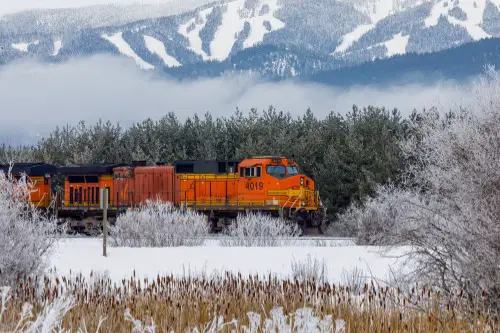
Montana winters are not for the faint of heart. Temperatures regularly plunge below zero, and snowstorms can last for days, leaving even the hardiest locals stuck indoors. If you’re not a fan of shoveling snow or wearing five layers just to check the mail, Montana might not be your ideal spot.
12. Limited Job Opportunities

Unless you’re into agriculture, tourism, or energy, job prospects can be slim in Montana. It’s not exactly a hotspot for corporate offices or booming industries. Many people who move here end up working multiple part-time jobs or telecommuting, which can be tricky with the state’s inconsistent internet in rural areas.
Living in Montana has its charms—majestic mountains, pristine lakes, and endless skies—but these challenges explain why so few people choose to make it their home. For many, it’s a dream destination to visit, but not to stay.


